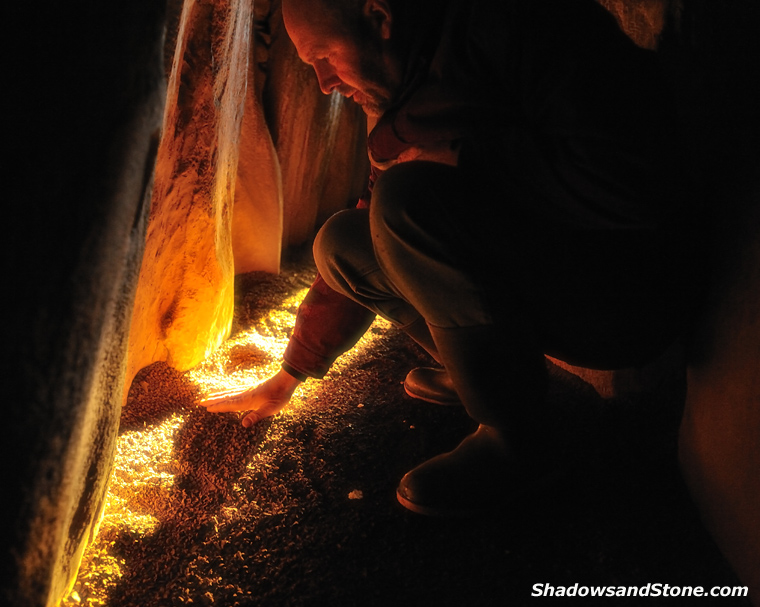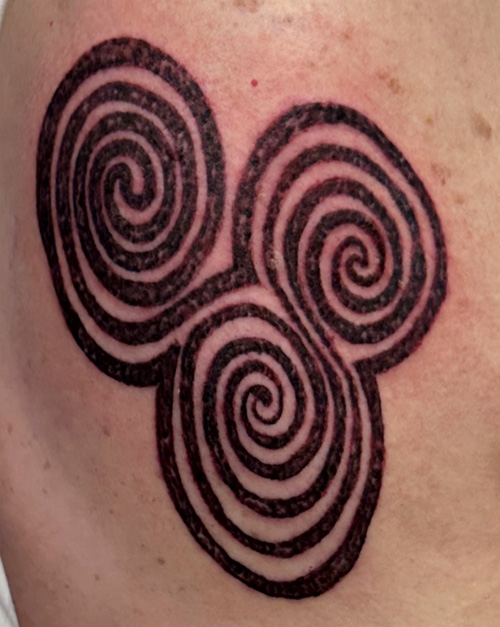Newgrange
Newgrange is the best-known monument of the Brú na Bóinne World Heritage Site in Ireland's Ancient East. The Newgrange passage tomb dates to about 3,200 BC, predating the ancient pyramids of Egypt by 400 years and Stonehenge by 1000 years.Newgrange is surrounded by 97 kerbstones, the most impressive is the large entrance stone which is covered in swirls and designs. Inside the large mound there is a 19m (63ft) passage leading into a cross shaped chamber. The corbelled roof inside the chamber supports an estimated 200,000 tonnes of cairn above. The cremated remains of the dead were laid on large stone basins inside the chamber.

Newgrange Winter Solstice Sunrise Alignment
At dawn on the days around the winter solstice, a shaft of sunlight enters the chamber of Newgrange through a specially designed opening over the doorway which illuminates the Chamber. On December 21st 1967, Professor Michael J. O'Kelly was the first person in modern times to see this now world famous event.

Newgrange Tri-Sprial Tatoo
About Newgrange
Newgrange, located in County Meath, Ireland, is a prehistoric passage tomb constructed over 5,000 years ago. This megalithic monument is part of the Brú na Bóinne archaeological complex, alongside Knowth and Dowth. Built during the Neolithic period, Newgrange is characterized by its large stones, intricate engravings, and alignment with the winter solstice.The tomb consists of a passage leading to a central chamber, where burials likely occurred. The outer facade features white quartz and granite stones, showcasing megalithic art with spirals and geometric patterns. The site gained recognition in the 17th century and was extensively excavated in the 1960s, revealing its historical and cultural significance. Designated a UNESCO World Heritage Site in 1993, Newgrange remains a symbol of Ireland's rich prehistoric heritage and attracts tourists seeking insights into ancient beliefs and practices.
